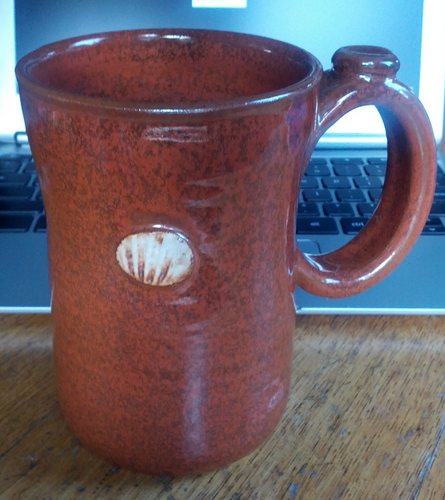On Monday I spoke briefly about two articles in AJHP that summarize two recent ASHP surveys. The first covers Pharmaccy Informatics in U.S. Hospitals(1), while the second focuses on pharmacy practice in acute care hospitals(2).
Both surveys contain a wealth of information, and provide a snapshot of what pharmacies in the U.S. are doing. While conducted at different times by different groups, I think it’s more interesting to look at the two surveys together. As I mentioned in my podcast, the adoption of automation and technology goes hand in hand with pharmacy operations. You can no longer have one without the other.
